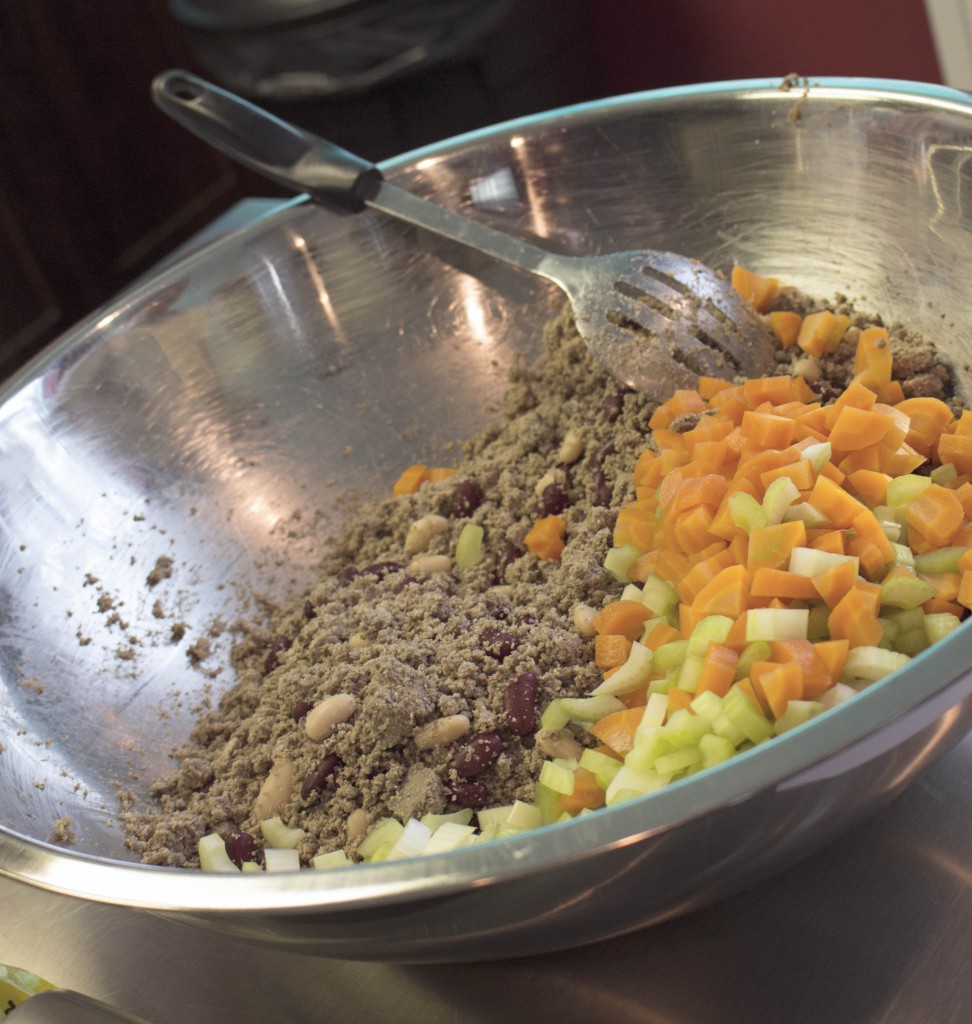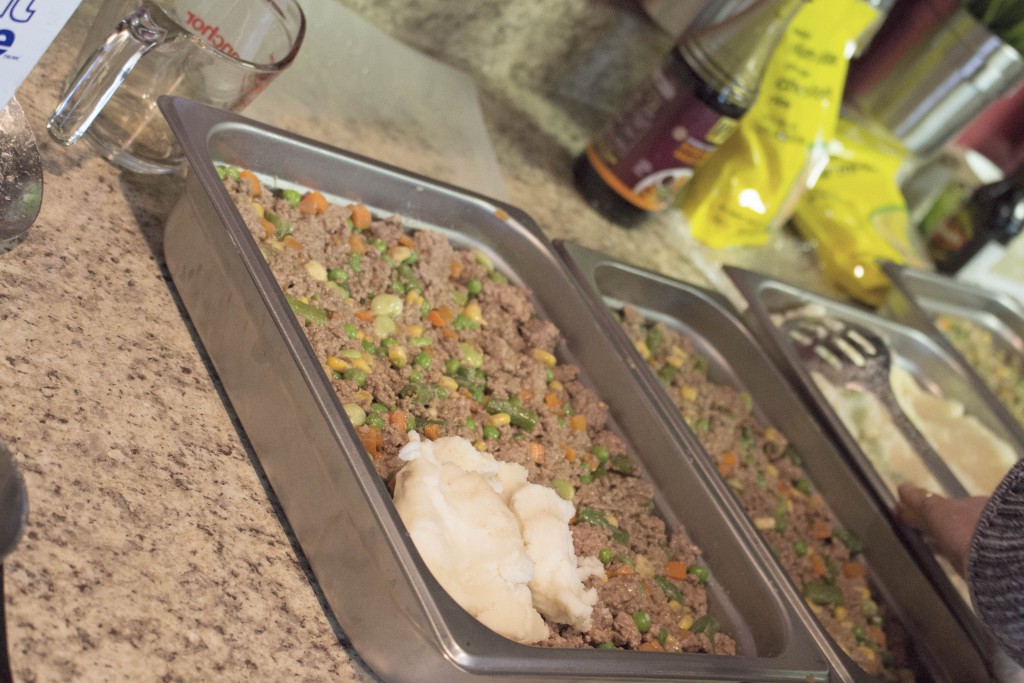May 10, 2017 Update: The Toronto Star has since reported an update, that Ontario Long Term Care homes have received a 67-cent increase—from $8.33 to $9 a day starting July 1st —to feed their residents. The CEO of AdvantAge Ontario, Cathy Gapp, has said the new provincial funding will enable these LTC homes to buy local produce, fresh fruits and vegetables more often.
***

Photos from Burlodge Canada’s Refresh Seminar with Durham’s LTC food team
On Friday, March 10, the Toronto Star ran a report on the provincial budgets allocated to feed seniors in Ontario’s Long Term Care (LTC) homes. This of course piqued the interest of the Golden Horseshoe Food and Farming Alliance, due to our Municipal Local Food Procurement project, generously funded by the Greenbelt Fund.
The article entitled “Ontario Nursing Homes Feed Seniors on $8.33 a Day” triggered a reaction from many who were unaware how much funding LTC homes receive to feed their residents. For the majority, it was a shocking number.
However, many activists have been working on this issue for a long time. The Dietitians of Canada (DOC) have spent years lobbying for more provincial funding towards raw food costs (RFC) for long term care facilities. In a survey conducted in 2015 by the DOC, targeted to Registered Dieticians and Nutrition Managers working in LTC homes, respondents were asked about the changes they would like made to the menus offered to their residents if additional funds were available.
A high percentage answered that they would improve the quality of meats and other proteins, and serve more fresh fruits and vegetables. But reducing these items was the most common menu-change made to stay within current budget restraints.
Currently, there is no additional money to bring in higher quality proteins or more fresh local fruits and vegetables in LTC facilities; and in fact, $8.33 is an increased budget from 2016!
Many Food Directors in LTC facilities do not have the time to meticulously pore over purchasing reports to find opportunities where money could be saved on current food purchases, or find new products that fit into their budgets and food contract obligations that contain a higher quality or quantity of proteins.
However, through the Golden Horseshoe Food and Farming Alliance project, “Municipal Local Food Procurement,” 3 Regions are receiving exactly this kind of support and information.
Through a thorough analysis of their current food purchasing by the Program Manager, reports and comparison charts have been created that show LTC teams where they can focus their attention on ordering more Ontario fruits and vegetables, and how they can actually save money by doing this.
Teams have also been introduced to new local protein vendors such as VG Meats, who fulfill all the requirements needed to be considered by LTC for purchase, and have more grams of protein in their products by weight than the products the facilities are currently ordering.
In fact, there is so much interest in the VG Meat products that on May 31st, representatives from all 3 Regions are going down to the VG Meat farm and operations in Simcoe, Ontario to further the conversation about incorporating these products into facility menus.
Frozen products like Jiano’s Meat Lasagna and Pasta Quistini’s Turkey Chili have also been introduced for consideration, all of whose product components are grown, raised and processed in Ontario.
The substitutions being offered for consideration are divided into 4 categories: frozen vegetables, fresh fruits and vegetables, frozen entrees and local proteins. These substitution documents allow for teams to see price comparisons between local and non-local items and make informed decisions about their food choices when it comes to the cost of incorporating more local, fresh and new product considerations.
This project is offering real, concrete support to assist LTC homes, while at the same time creating scalable and replicable actions that can be taken to improve the quality of food offered to seniors in all publicly-funded institutions.
